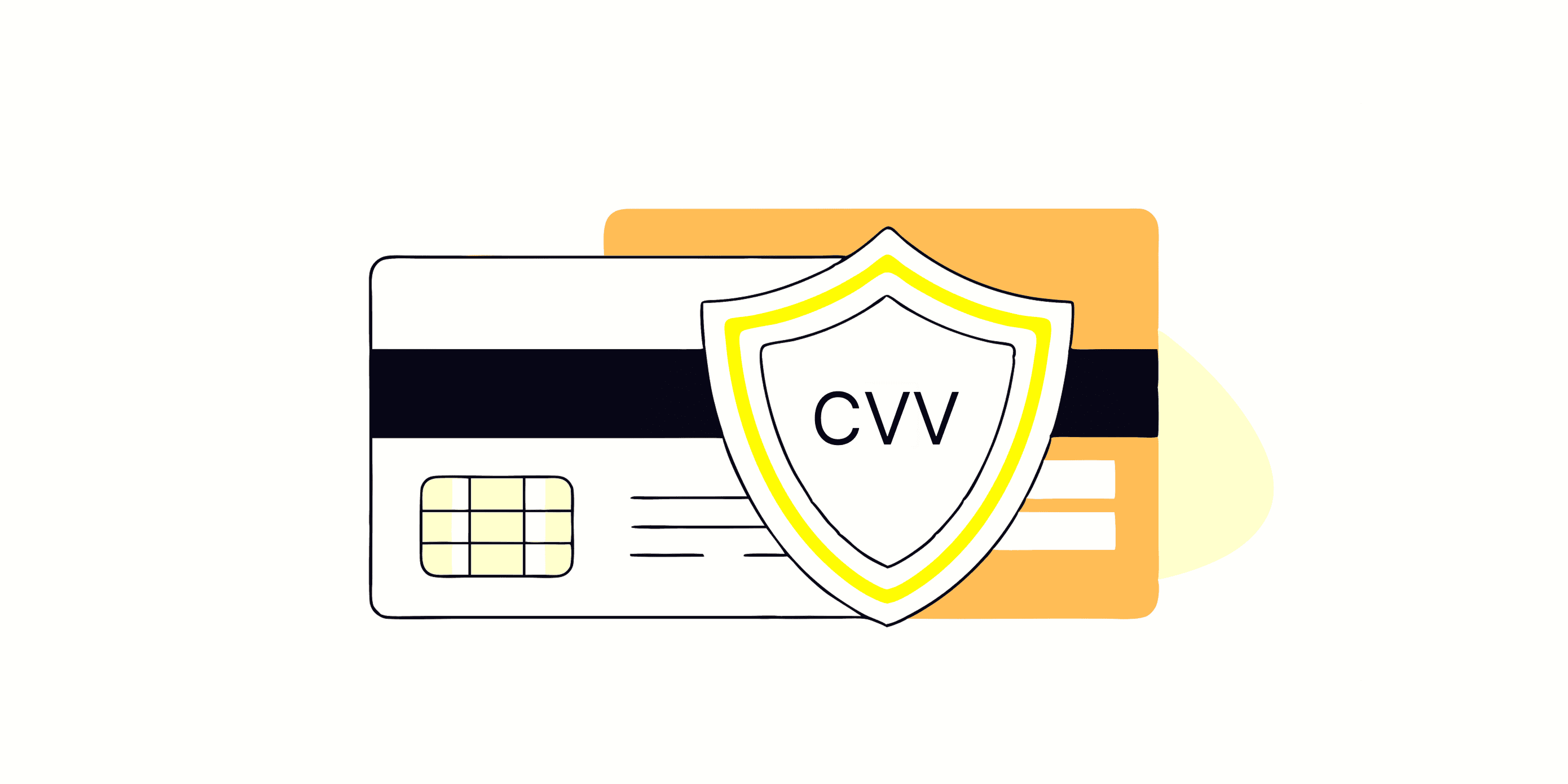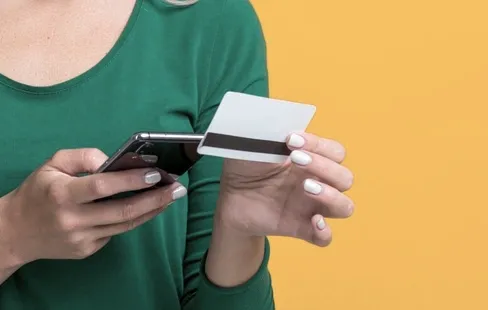What is CVV/CVC?
A CVV code is a three-digit security code used to verify the ownership of a physical card when making a payment. What does CVV stand for? CVV stands for Card Verification Value, which means ‘card verification value’. This number is an important element of data protection during transactions.
The verification code is used in the following cases:
- to confirm purchases in online stores;
- for international money transfers;
- to connect recurring payments;
- to verify new payment services.
Understanding what CVV is and how to use the verification code safely helps to keep your account safe and prevent fraudulent transactions.
Where to find CVV/CVC on the card
On most payment cards, the code is located on the back, on the right side under the magnetic stripe or on the signature line. Other digits are sometimes printed in these places, but the last three are the secret code.
Some financial institutions, particularly those that operate exclusively online, may not print the information on a physical card to increase security. Instead, they often communicate the CVV code through secure communication channels or display it in mobile applications. For example, to see the code in the Globus Plus mobile app, select the relevant card on the home page and click ‘Show CVC2’.
What is CVV2/CVC2
CVV2 and CVC2 are advanced versions of security codes that have an increased level of protection. This coding option is used in modern payment systems and provides an additional level of security during online transactions. The number 2 indicates the improved protection, the so-called second generation.
The difference between CVV/CVC and CVV2/CVC2
In fact, a CVC with such a mark is no different in practice from the same code without it. It is still required when making online payments and protects access to your money.
The main difference between these codes is the algorithm of their generation and the level of protection. CVV/CVV2 is an evolution of security systems, where the second version has an improved encryption mechanism. For Globus Plus users, there is no practical difference between these codes: both CVC and CVC2 provide reliable transaction protection.
How CVV/CVC are used for online payments
Payment systems are well aware of what CVC is when making online payments - they use it as an additional layer of protection. CVC is a way to make sure that the person making the transaction has physical access to the card. Typically, when entering payment instrument data online, you need to provide the CVV/CVC along with the card number and expiry date. The payment system checks the code, and if it matches, the transaction is approved.
CVV/CVC codes are stored only on the card and are not stored in the merchant's payment system, which reduces the likelihood of leakage. This makes them especially important for one-time purchases or payments on websites that do not create accounts linked to payment data. In addition, some banks and payment services set up additional security protocols (e.g. 3D Secure) that require confirmation of the transaction via SMS or other means.
Tips for protecting your financial data
CVV is a kind of ‘barrier’ that restricts access to your payment card. To protect your financial data from fraudsters, you should follow basic security rules:
- never pass the code to unauthorised persons;
- do not store the code with the card if it is not printed on the back;
- periodically change the security code if such a function is available in your mobile application;
- check your account statements regularly;
- do not enter the code on suspicious websites.
Following these simple rules will help protect your funds from unauthorised access and ensure the security of your financial transactions to always be in plus 🧡






